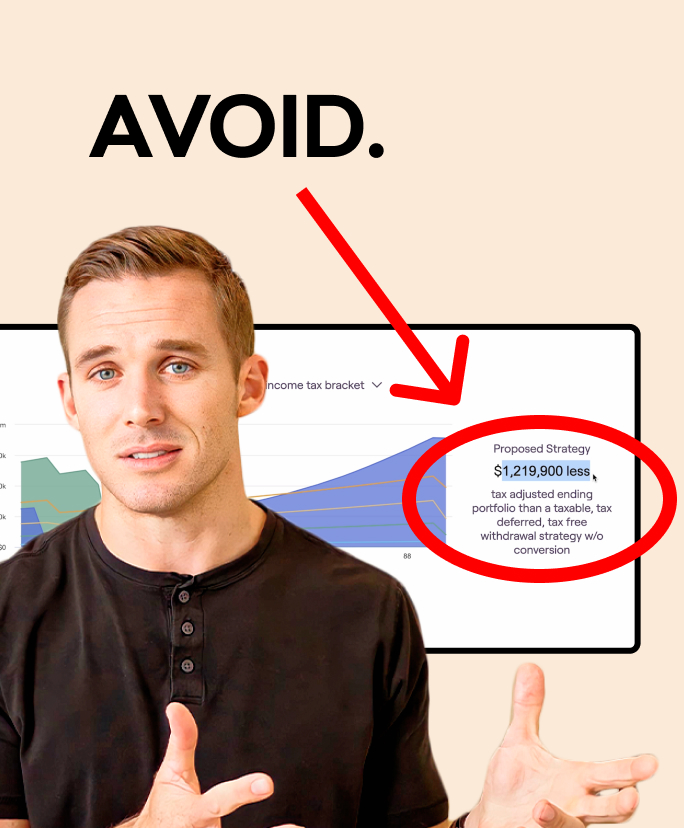Retirement planning is essentially embarking on a new journey where the paycheck you once relied on disappears, and you’re left to create your own income streams. So, managing finances during retirement becomes more complex. This post explains the critical aspect of minimizing taxes while ensuring a steady income.
Creating Your Retirement Paycheck
The transition from a steady salary to multiple income sources can be overwhelming, especially if not approached strategically. Here’s a three-step process to guide retirees through this financial maze.
1. Identify Fixed Income Sources
Start by understanding your fixed income sources in retirement. These are streams that are not withdrawals from your portfolio but provide a stable foundation. Examples include social security, pension, or rental income. Knowing this baseline helps establish a financial floor.
2. Calculate the Income Gap
Determine the difference between your fixed income sources and your actual expenses. This shortfall represents the role your portfolio needs to play. If your fixed income covers $45,000, and your expenses are $100,000, the gap is $55,000. This amount becomes the focus for your portfolio’s income generation.
3. Assess Investment Accounts
Understand the types of investment accounts you have: taxable, tax-deferred, and tax-free. While conventional wisdom often suggests spending down taxable accounts first, I propose a more customized approach to minimize taxes. The goal is to strategically withdraw funds from different accounts to optimize tax efficiency.
Customizing Your Approach
The decision on where to pull income from isn’t just about investment strategy; it’s about tax strategy. Here are key considerations for a personalized approach:
Leveraging Roth IRAs
Allowing Roth IRAs to grow over time is crucial. Contributions might not offer immediate tax benefits, but the tax-free growth becomes valuable with time. Utilizing Roth IRAs strategically can have a significant impact on long-term tax efficiency.
Managing Required Distributions
Consider the implications of required minimum distributions (RMDs) in the future. A conventional strategy might recommend spending down taxable accounts first, but overlooking the potential tax liability from RMDs could lead to significant issues later on.
Considering Secondary Tax Effects
Beyond federal and state taxes, retirees should be aware of provisional income affecting Social Security taxation and IRMA surcharges on Medicare. Understanding the second-level tax effects ensures a comprehensive tax-minimization strategy.
Long-term Perspective
Avoid getting fixated on minimizing taxes in a single year. A holistic view of the entire retirement period enables strategic planning for the long term. This includes exploring options like Roth conversions, tax loss harvesting, or qualified charitable distributions.
In navigating retirement finances, a well-thought-out withdrawal strategy is paramount. By understanding fixed income sources, calculating the income gap, and strategically assessing investment accounts, retirees can create a personalized approach to income generation while minimizing taxes. We’re here to provide a roadmap for retirees to make informed decisions and get the most out of their retirement years.
Need help with your retirement?
Work directly with a licensed financial advisor at Root. Book a no-obligation initial call now so we can show you how we’ve helped hundreds of people just like you build a retirement they love.


